The final scenes of the movie’s third act highlight the real meaning behind many major moments, such as how Harry Potter didn’t die after Voldemort’s killing curse, and why it was the Horcrux that was destroyed instead. It was important for the audience to understand the deeper significance behind similar key events, like the moment Harry threw away the Elder Wand that could have been his superpower, and why he ended up naming his son after Severus Snape (Alan Rickman), the professor who mistreated him throughout his time at Hogwarts. The ending of The Deathly Hallows Part 2 gives the deeper meaning behind these scenes.
Why Harry Didn’t Die In The Forbidden Forest
The Horcrux Was Killed Instead
Through Severus Snape's memory in the Pensieve, Harry Potter learned that he was one of Voldemort’s final Horcruxes that had to be destroyed. This ultimately led him to the Forbidden Forest to face He Who Must Not Be Named alone, a Harry Potter ending that many had been waiting for.
While it made sense in the end that the Killing Curse killed the Horcrux and not Harry, an additional explanation was anchored in the ownership of the Elder Wand, since there were still speculations around the reasons why Harry didn't die; after all, the curse could’ve killed Harry and left Voldemort with his Horcrux or killed Harry and the Horcrux with him.
At the end of the movie, Harry figures out that the Elder Wand belongs to him after he disarmed Draco Malfoy, who previously disarmed Voldemort and briefly made the wand his. Therefore, since the Elder Wand wouldn’t kill its rightful owner, it ended up destroying the Horcrux within Harry, instead of Harry himself.
The other meaning behind Harry’s survival was Lily Potter’s protection curse that ran in both his and Voldemort’s blood. In fact, Voldemort’s revival included Harry’s blood. Consequently, while Lily's blood ran in Voldemort’s veins, Harry Potter couldn’t die, which explains why the Killing Curse did not end his life.
How The Expelliarmus Spell Killed Voldemort
The Elder Wand Belonged To Harry
In the third and final act of the movie and the franchise, Harry Potter came face-to-face with Voldemort completely devoid of his evil Horcruxes, as they both cast their spells one last time in their most vulnerable forms. The question arose as to how a harmless spell like the Expelliarmus could end Voldemort's life, and the explanation lay again at the heart of the Elder Wand.
When the two cast their spells against each other, the curses collided in a beautifully filmed scene with red and green fire-like lighting intertwined. The connection allowed the Elder Wand to bond with Harry, its rightful owner. Since in the wizarding world, a wand would usually backfire rather than harm the wizard it has chosen, the Killing Curse cast from it rebounded back towards Voldemort and led to the ultimate demise of He Who Must Not Be Named.
The fatal strike was depicted in yet another Harry Potter explanation related to the Elder Wand. In the final moments of both the book and movie, Harry knew he was the Elder Wand’s true master. Therefore, when he cast the Expelliarmus spell against You-Know-Who’s fatal Avada Kedavra, he understood that it would bring back the Elder Wand into his hand, and rebound Voldemort’s Killing Curse back to him.
Why Harry Destroyed The Elder Wand
Harry Prevents Anyone Else From Using It
There were many questions and hidden meanings in The Deathly Hallows. After the death of Dumbledore, who knew exactly how to use its powers, the wand was left to be vied for by evil forces. Its power was the reason the Dark Lord did everything to get a hold of it, and it was ultimately one of the details leading to Voldemort's death. However, at the end of the movie, it became clear that the Elder Wand belonged to Harry Potter as he was its rightful master.
As seen in the previous seven movies, Harry Potter was a good wizard; he was just, loyal, and full of courage, which meant that the Elder Wand was in good hands with its true owner. It therefore left a question mark as to why Harry got rid of the wand after the Battle of Hogwarts. Harry decided to relinquish its dangerous power and destroy the wand for the greater good and the peace of the wizarding world.
This is a controversial change from the book, in which Harry uses it to repair his own before vowing to return the Elder Want to Dumbledore's tomb. And while the movie's explanation was not directly addressed, it was clear that Harry understood the greed that the Elder Wand had evoked since Fantastic Beasts' Grindelwald.
What Was The Meaning Behind The Name Of Harry’s Son?
Harry Named His Son Albus Severus
In the final scene, The Deathly Hallows Part 2 jumped 19 years forward and showed Harry Potter and Ginny Weasley married and taking their son to the King’s Cross station to await the departure of the Hogwarts Express. Once Harry knelt to address his son, he stated his name, Albus Severus Potter, and told him he was named after two great wizards of Hogwarts. One of them was famously liked throughout the franchise, while the other was mostly despised until the end; therefore, it was important to understand the decision behind Harry naming the young boy after Severus Snape.
While it was clear why Harry would name his son after Dumbledore, who was Hogwart's most powerful Professor, the explanation behind young Potter’s second name was revealed when Severus Snape’s memory in the Pensieve divulged the professor’s eternal love for Lily Potter. He eventually sacrificed himself for Lily’s son, after a lifetime of keeping him secretly safe while viewers and characters alike thought the worst of Professor Snape.
The meaning of Albus Severus’s name deepened with Severus Snape being a Slytherin; this way, Harry Potter was finally able to break the taboo around the house that was previously regarded as “for evil wizards only.”
The entire
Harry Potter
movie franchise is available to stream on Max and a new television series adapting the series of novels is in development.
The Real Meaning Of The Deathly Hallows Part 2
Harry Chose Justice Over Power
The Harry Potter movie franchise has been a hit for over two decades now. They started with the Philosopher’s Stone and its light take on the magical world, and ended with the darker Deathly Hallows Part 2, which closed the chapter on an eight-movie franchise but also brought explanations to lingering questions about the magical universe created by J.K. Rowling. It became clear why Harry survived the killing curse, how he was able to disarm and destroy Voldemort, why he threw away the Elder Wand, and the real reason for naming his son Albus Severus was revealed.
The final Harry Potter movie’s ending was the culmination leading the hero to overcome the villain, and the conclusion of the battle of good conquering evil. Harry destroying the Elder Wand revealed he chose justice over power, and the final scene allowed the legacy of Snape and Dumbledore to live on.
Viewers who had been part of the wizarding world for a long time needed to stay connected to the characters and the fantastical world alike, as they had spent years vicariously living through them. Therefore, these explained meanings of the movie’s ending revived the magic and allowed the beloved franchise to live on.
How The Deathly Hallows Part 2 Ending Was Received
The Ending Received Mostly Positive Feedback
The movie as a whole received mostly positive feedback from critics and audience members alike. There was some initial pushback about the book being split into two movies, but because the journey to find the Horcruxes and ultimately defeat Voldemort was such a long one, it made sense. Most complaints about the movie itself were that it was too long, but to give all of the characters still remaining their endings, the length was needed to explore them all.
Critics applauded the movie as a satisfying conclusion to the movie series. Though many characters lost their lives in the climactic Battle of Hogwarts, those deaths highlighted the cost of war. The battle between Harry and Voldemort brought the movie full circle and provided the only ending to Voldemort the story could have - death at the hands of the very person he marked as his equal.
The biggest complaints about the ending itself came from critics and fans who disliked the style of the epilogue. Set over a decade after Harry’s defeat of Voldemort, the epilogue of the book was adapted to end the movie. Most criticisms involved the attempt to age up the core actors. Daniel Radcliffe, Emma Watson Rupert Grint, and Bonnie Wright looked more like kids pretending to be grownups than they even looked their own ages in the epilogue. Critics could get past that though since it meant not having to recast the actors for the final sequence.
Was The Deathly Hallows Ending Different From The Book At All?
There Are A Few Key Differences Between Them
While the actual ending of Harry Potter and the Deathly Hallows Part 2 is the epilogue for the novel, there are key moments near the end of the movie that are very different from the book. Two of those moments have not been well received by fans.
One is just how Voldemort’s death is shown. Following his battle with Harry Potter (which is also extended from what is shown in the book), Voldemort doesn’t just die, his body intact like the average human being. Instead, in the movie, he crumbles to dust right in front of Harry. This scene is a bit of a head-scratcher because it implies to the audience that Voldemort is no longer human, when the crux of his story is that he will always be human despite all of the measures he has undertaken to be more than that.
The scene also would raise some questions for anyone who isn’t actually present at Voldemort’s death. What is there to prove that Harry has been victorious? Voldemort has a known history of faking his demise and of surviving without a body. Crumbling to dust would be suspect. While it makes an interesting visual effect in the movie, it doesn’t particularly serve the story.
Following his defeat of Voldemort, Harry also breaks the Elder Wand in half so that no one else can use its power. He does this while he still doesn’t have a wand of his own because the wand that chose him is broken. In the book, however, he uses the Elder Wand to repair his own.
That never happens in the movie. If it had, and then he snapped the Elder Wand in half, book loyalists likely would have been okay with him breaking it in half. As it stands, it appears he’s leaving himself without an outlet to use his magic instead of simply stopping others from becoming corrupted by a magical artifact.
It makes scenes for scriptwriters and directors to make changes when novels are adapted to the screen. They are budgetary concerns and streamlining of storylines can be necessary. These changes to Harry Potter and the Deathly Hallows Part 2, however, did not make sense.
![]()

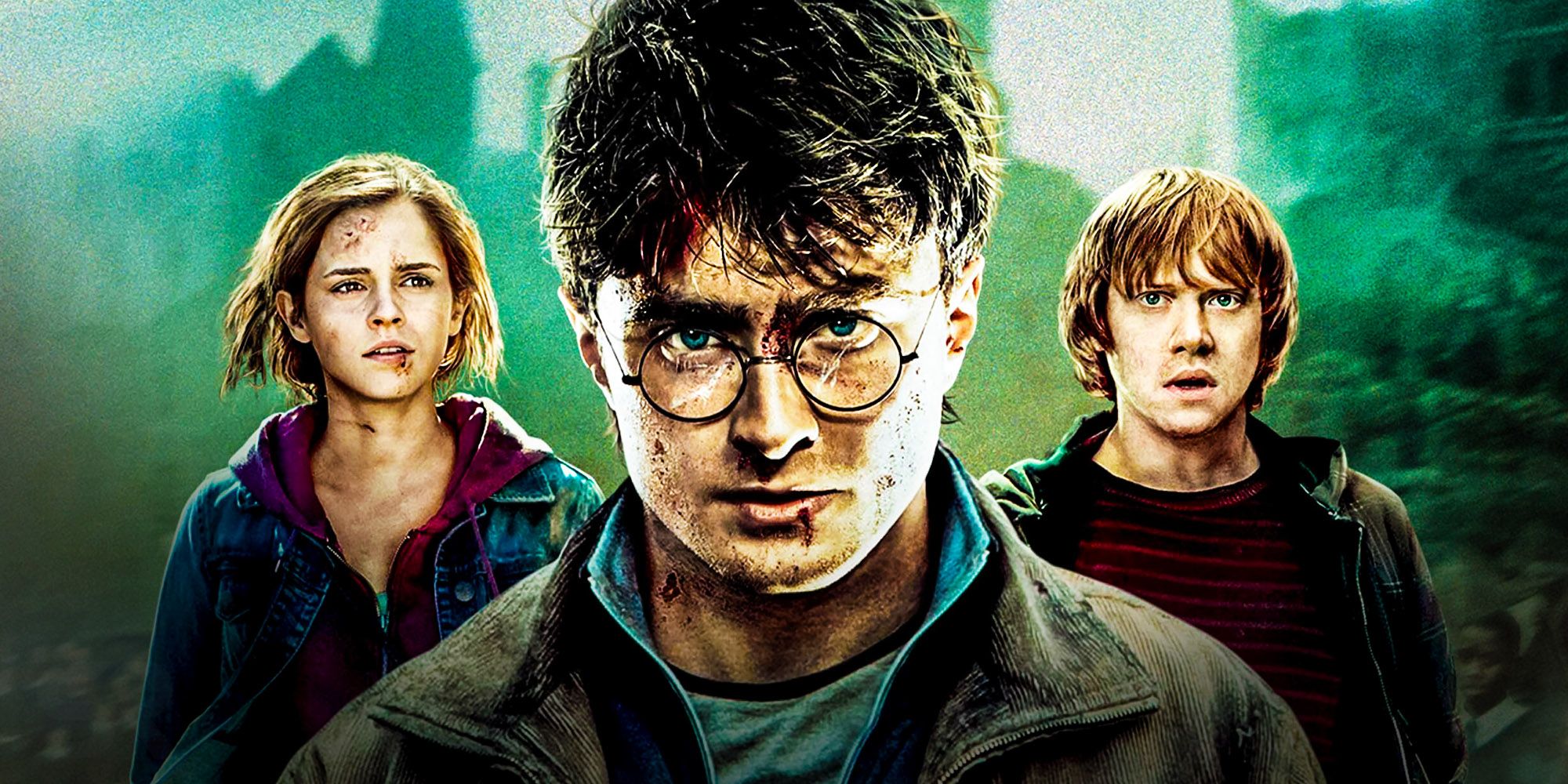

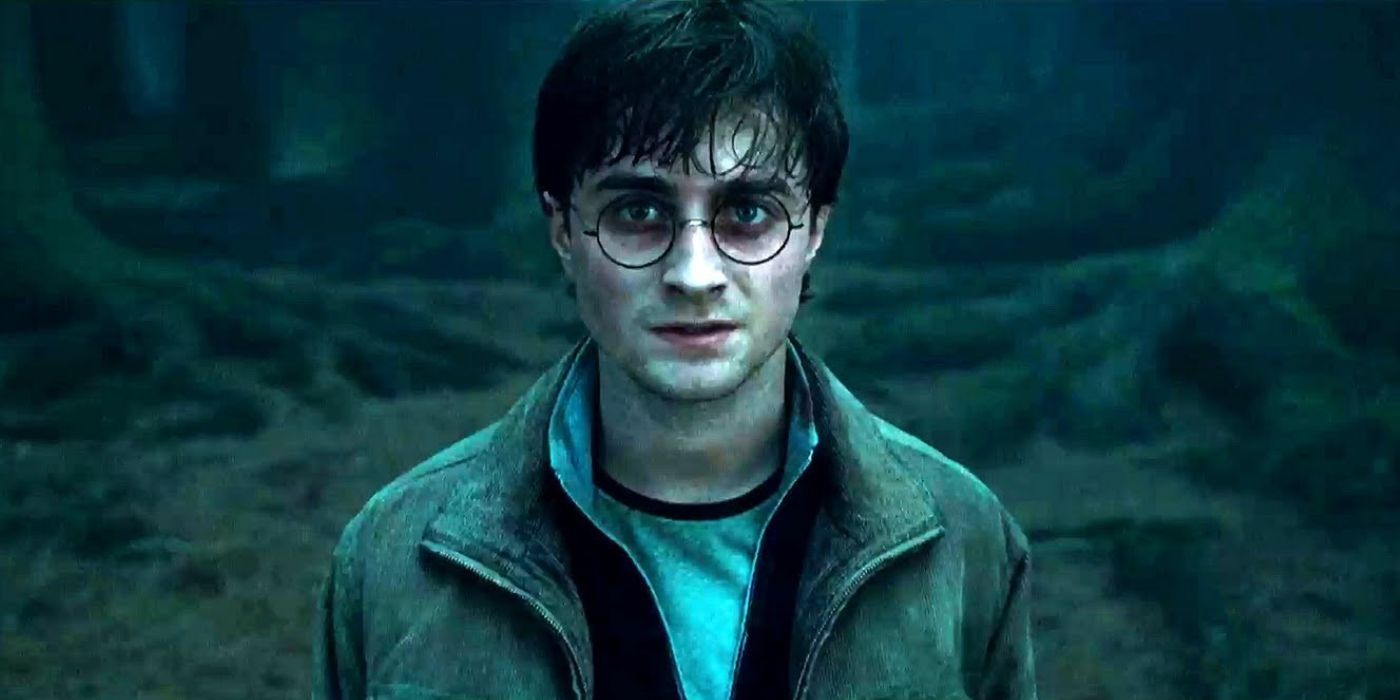
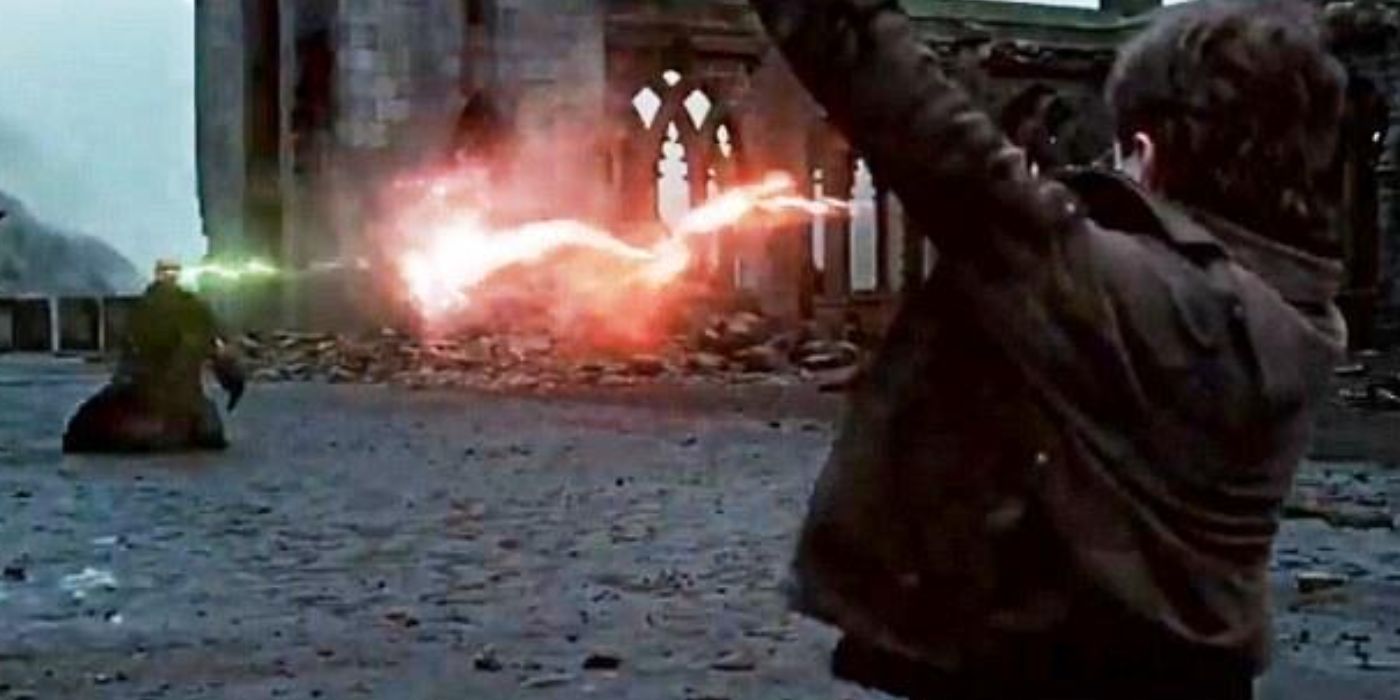
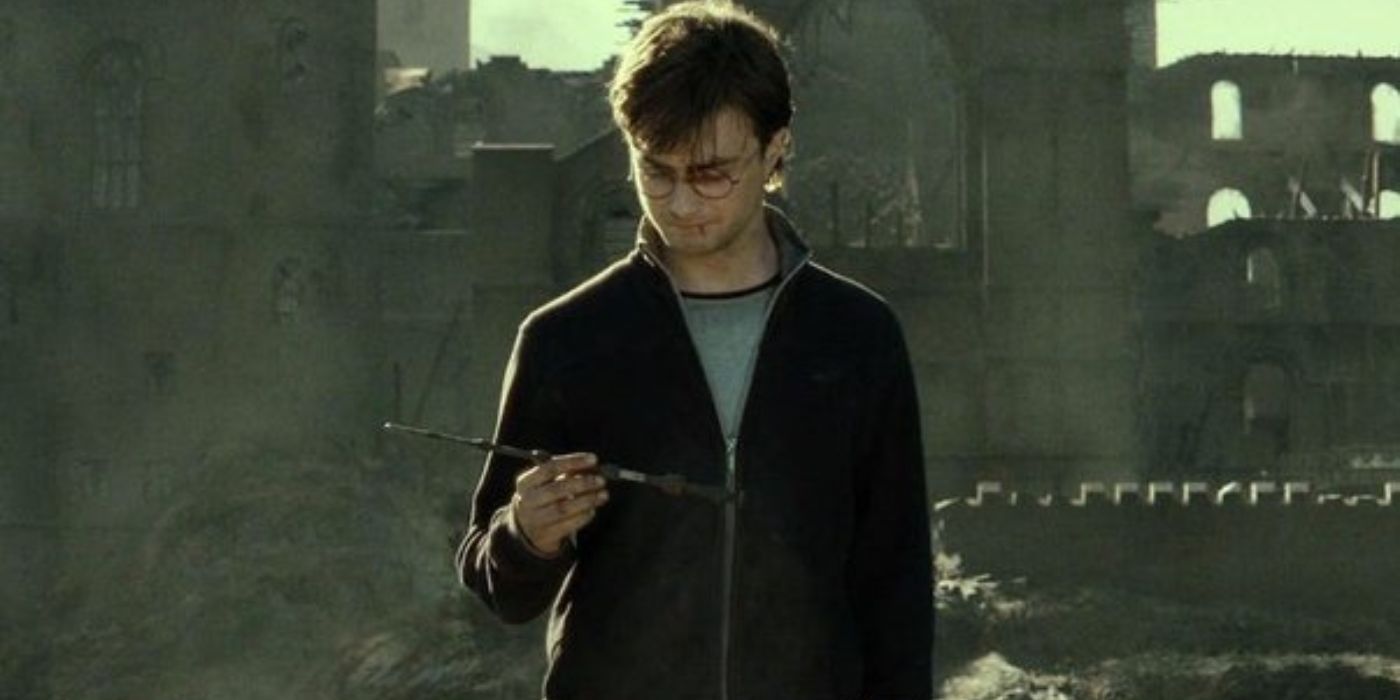
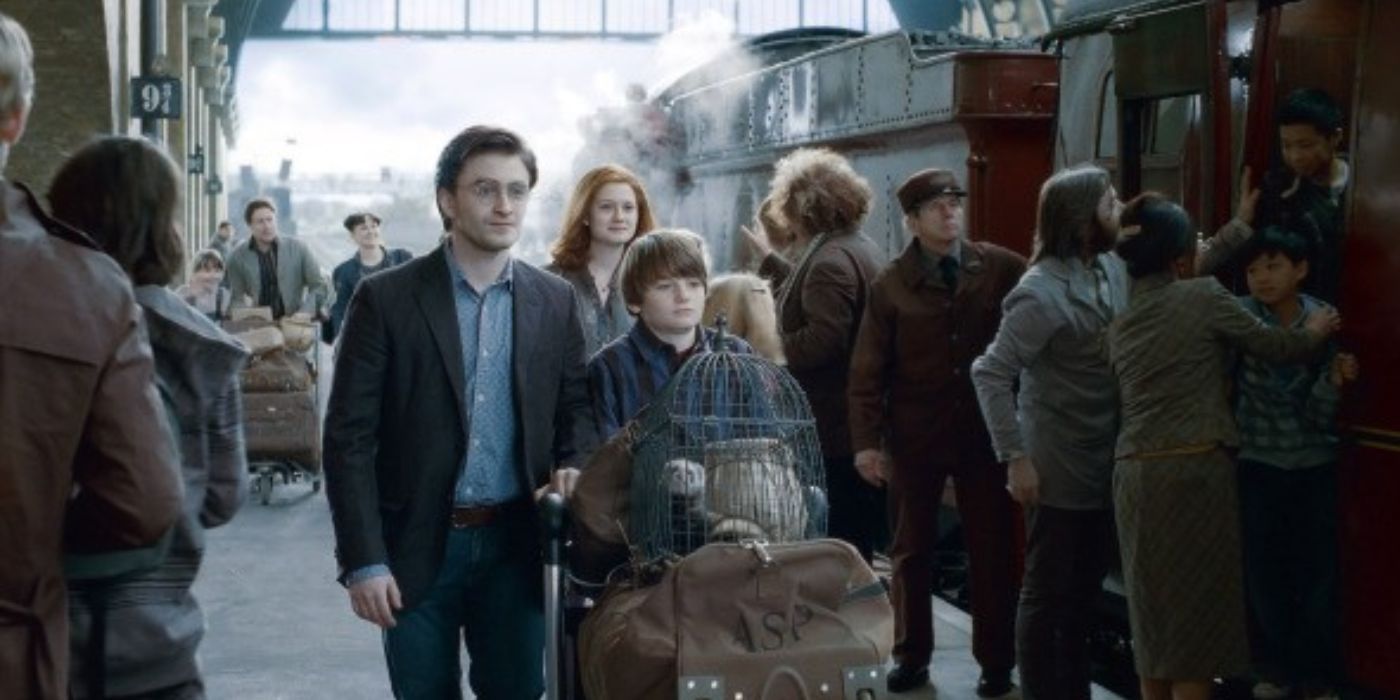
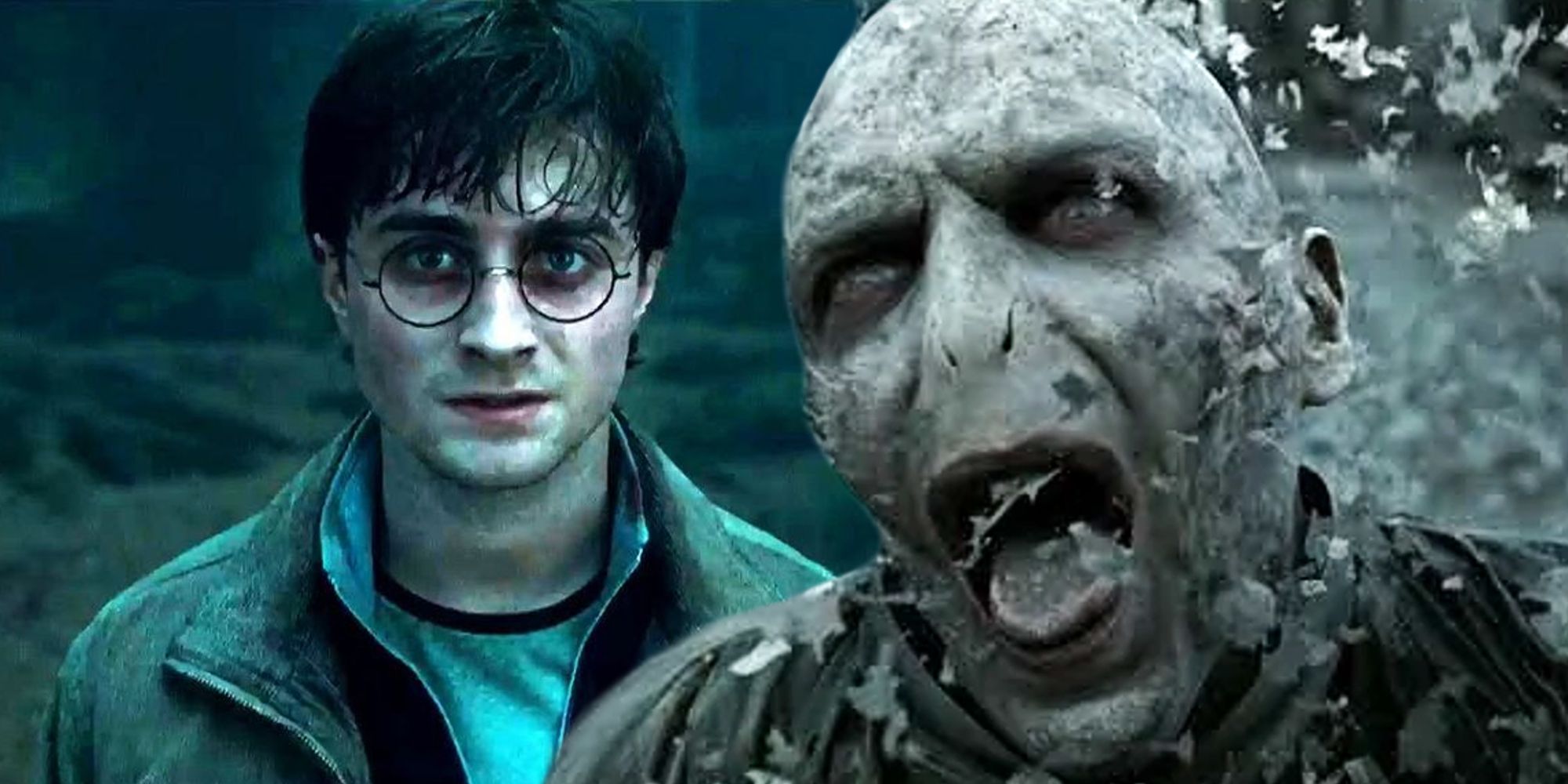
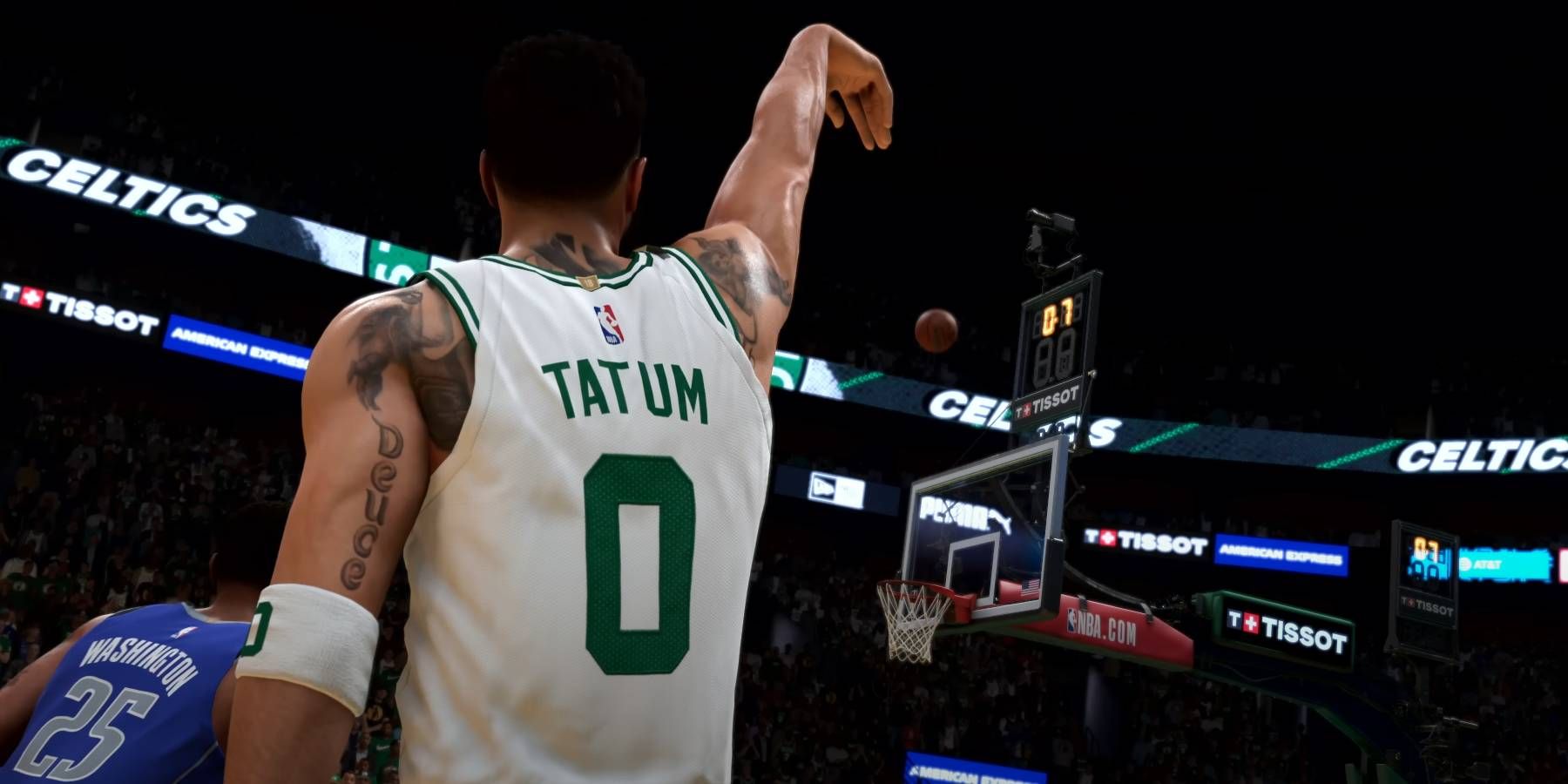

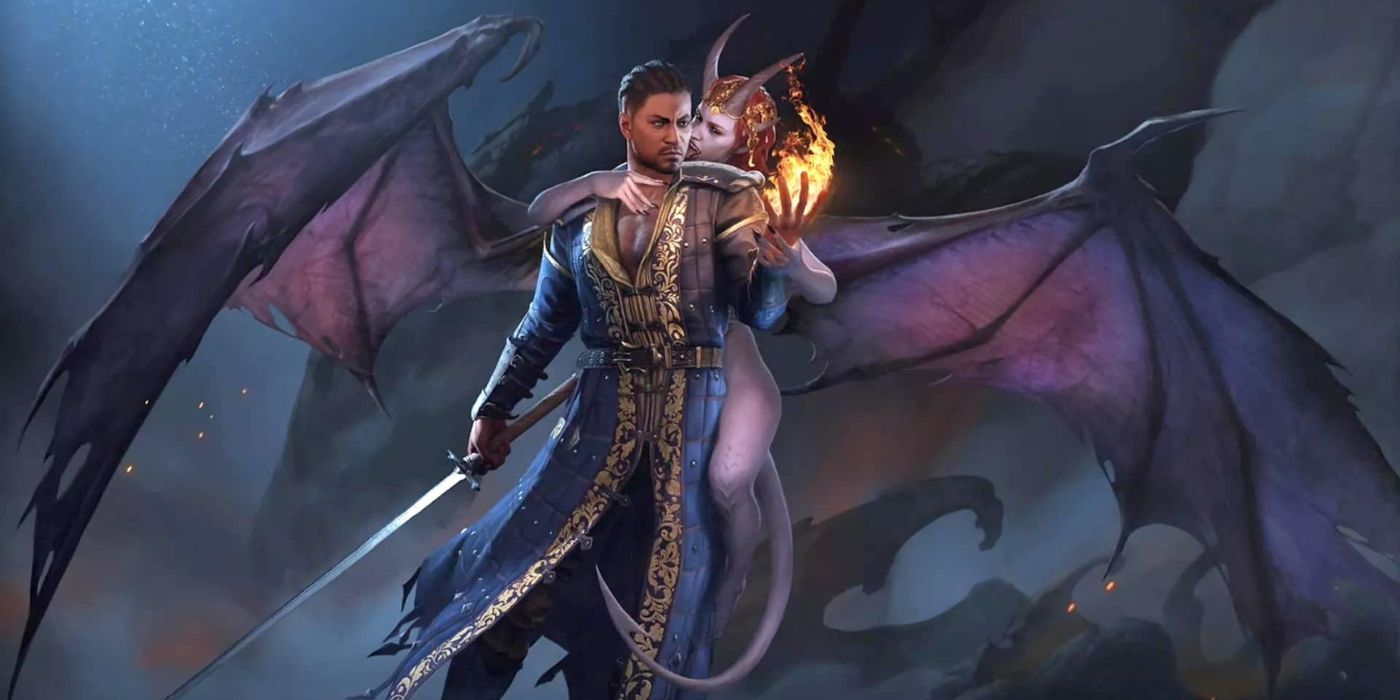
:quality(85):upscale()/2024/10/16/849/n/1922153/26bd557a671012b78458f6.94017011_.png)



:quality(85):upscale()/2023/02/22/727/n/3019466/7139a92963f6429109d310.19360920_.jpg)
 English (US) ·
English (US) ·